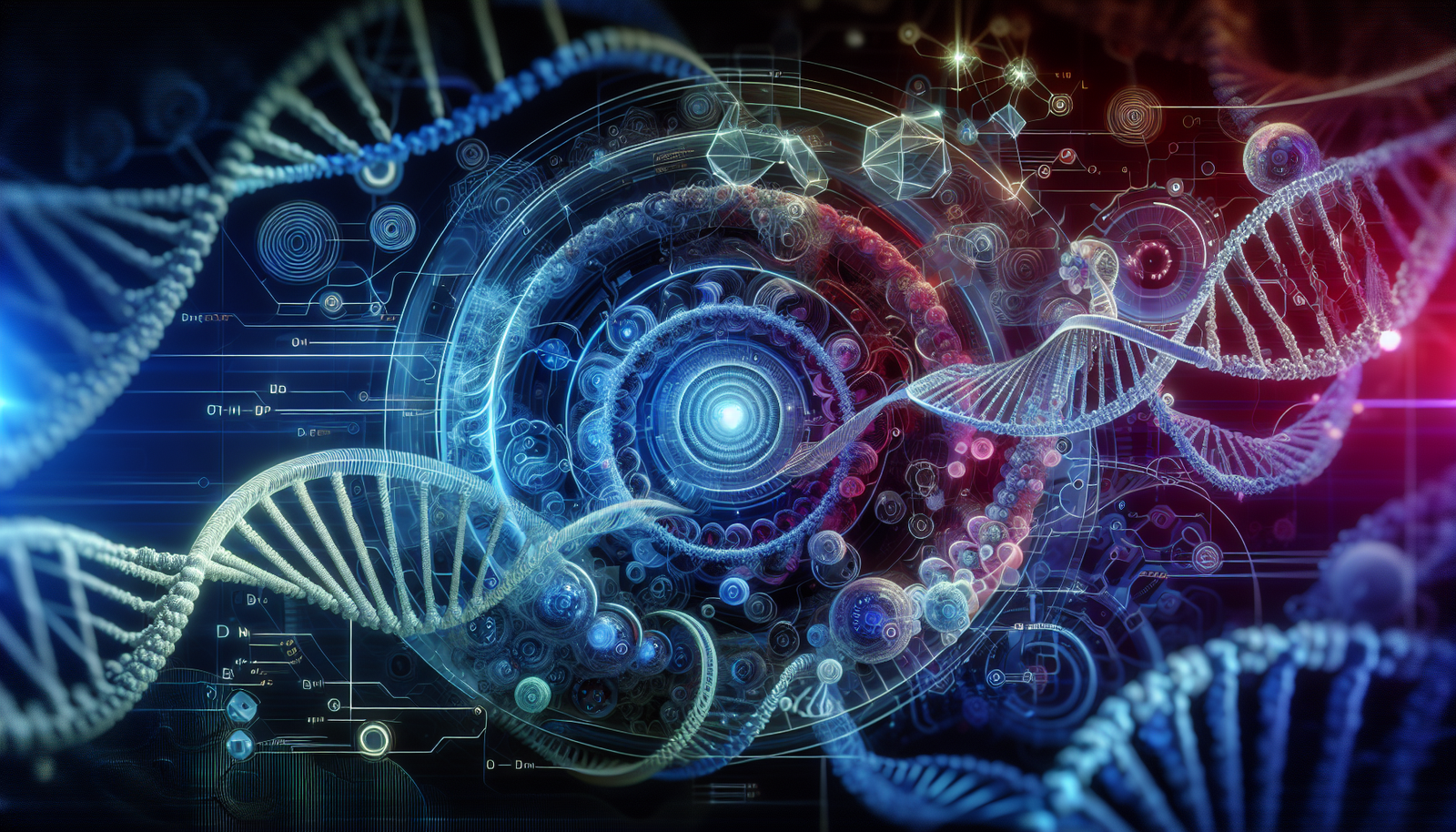RNA, an ancestral molecule, emerges as a key to unprecedented therapeutic frontiers. Its role in genetic editing, particularly through dynamic systems, profoundly transforms the dynamics of modern medicine. The integration of RNA mechanisms promises to enhance therapy delivery, making it possible to reach previously inaccessible targets.
Optimizing these approaches could revolutionize the treatment of complex genetic diseases. *The application of RNA, combined with advanced technologies, opens exciting perspectives* in biotherapies. The precise interactions between molecular scissors and DNA segments represent the future of medical innovation.
The mechanisms of genetic editing through RNA
A growing interest in genetic editing systems has emerged thanks to research on RNA, an essential molecule in the transmission of genetic information. The CRISPR-Cas system, well known for its ability to modify genes, relies on the specific recognition of a targeted DNA sequence by a guide RNA. This approach could revolutionize therapies by offering personalized solutions for complex genetic diseases.
Advances in mRNA therapies
Recent research in the field of mRNA therapies shows extended potential with the evaluation of mRNAs encoding modified proteins. This enhanced version of mRNA could confer new properties or create chimeric proteins, opening new perspectives for the treatment of various pathologies.
Administration strategies for siRNA
The development of systems capable of administering small interfering RNAs (siRNAs) proves crucial. These strategies aim to protect siRNAs from degradation while ensuring their effective internalization by target cells. Such an advancement would optimize the therapeutic efficacy of RNA-based treatments.
Gene editing and new therapeutic possibilities
The diversity of RNA editing mechanisms attests to the ingenuity of nature. While traditional gene editing methods are primarily focused on cutting DNA, treatments using antisense oligonucleotides are emerging as interesting alternatives. These treatments can modulate gene expression and offer more precise targeting.
Promising applications in kidney diseases
Advances in genetic medicine are multiplying, particularly with the development of new delivery systems targeting the kidney. These systems, based on chemical conjugations, could facilitate the delivery of RNA-based treatments and small molecules, thereby addressing kidney diseases with potentially increased effectiveness.
Challenges and future perspectives
Despite the promises offered by RNA-based biotherapies, challenges remain. One of the main concerns lies in the relative efficacy of treatments. Their effects must be maximized, particularly in comparison with vaccines designed on similar principles. To achieve this, research continues to optimize gene editing methods and the clinical application of therapeutic RNAs.
Frequently asked questions about RNA-guided genetic editing
What is RNA-guided genetic editing?
RNA-guided genetic editing involves using RNA molecules to target and modify specific DNA sequences, allowing for the addition, deletion, or modification of individual genes.
How can ancient RNA-based systems improve the delivery of genetic editing therapies?
Ancient RNA-guided systems, such as CRISPR, allow for increased precision in targeting genes, making genetic editing therapies more effective and less likely to cause undesirable side effects.
What are the advantages of genetic editing therapies using RNA compared to traditional methods?
RNA genetic editing therapies offer the possibility to specifically target problematic genes without affecting other genes, thereby reducing the risks of off-target mutations and increasing treatment efficacy.
What types of diseases can be treated with RNA-guided genetic editing therapies?
These therapies can potentially treat hereditary genetic diseases, cancers, and other conditions caused by specific mutations in genes.
What are the challenges associated with using RNA for the delivery of genetic editing therapies?
The main challenges include the effective delivery of RNA to target cells, protecting RNA from degradation, and minimizing potential immune reactions.
How does CRISPR-Cas use RNA for genetic editing?
The CRISPR-Cas system uses a guide RNA to locate and direct the Cas9 enzyme to the target DNA, where it induces a cut that allows for genetic modification.
Are RNA genetic editing therapies safe?
While there are associated risks, extensive research and clinical trials are ongoing to assess the safety and efficacy of these therapies before their widespread use.
How do researchers evaluate the effectiveness of these genetic editing therapies?
Effectiveness is evaluated through clinical studies that measure changes in gene expression, improvements in clinical symptoms, and the absence of undesirable side effects.
What is the future perspective for RNA-guided genetic editing therapies?
With ongoing innovations and a deeper understanding of molecular mechanisms, RNA-guided genetic editing therapies promise to open new avenues for treating diseases previously considered incurable.





